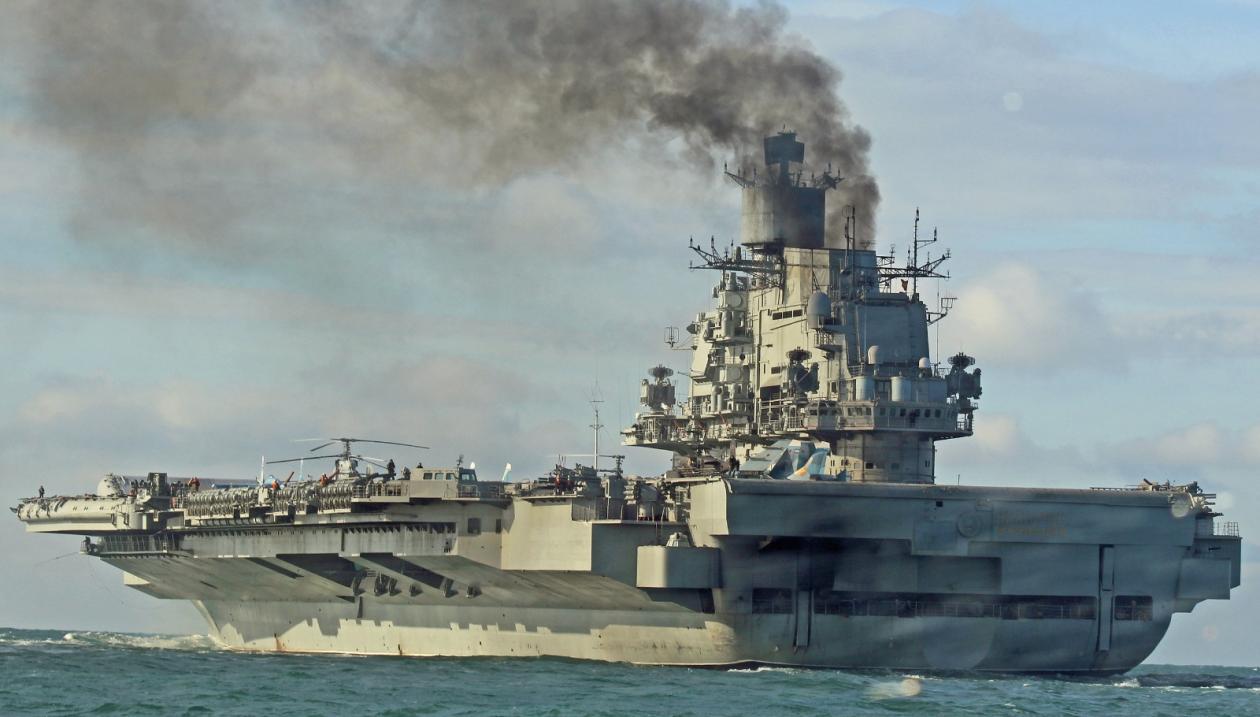Promise-Keeper Andelko Saratov said:
The identity that others give us is much more important than the one we give ourselves. Nobody cares about the second one. They know only what was stenciled on your cryopod. A poet who was mislabeled a doctor? He is only a bad doctor. - Records of an Honest Man
The Kowloon Walled City was already one of the great liminal spaces of the world many decades before the General Collapse of the early 2040s. According to company mythology, representatives of an up-and-coming Roshann Cobb sourced a practically inexhaustible supply of undocumented killers for Struan's from the triads operating within.
All ethnic conflict and civil war is reflection of state weakness measured across two intersecting dimensions: coercive power and popular legitimacy. Conflict arises in the breakdown of institutions, formal and informal, that allow a state's dissatisfied subjects to negotiate their grievances. [1] The vital predicate for success is the central government’s exercise of effective suasion: sufficient military force to cow those beyond compromise (while also remaining secure against external threats), combined with the ability to peacefully satisfy demands arising from those same two locations, usually by providing "value"--sometimes tangible goods and services such as land or money, but also intangible benefits, such as a feeling of political inclusion or an expectation of economic stability. [2] Optimally, suasion will be legitimate, occurring with broad consent. For Weber, statehood thus lay in achievement of monopoly on legitimate force. [3] When this value is absent, it is sorely missed. [4]
In his masterwork, "War and State Making as Organized Crime," historian Charles Tilly described the establishment of representative government as the predictable long-term result of the medieval warlord's personal interest in expanding his own power. The greater the ruler's tax income and the more efficient his bureaucracy, the larger his army. Over time, princes and kings discovered that they could gain more through negotiation with their subjects than straightforward coercion, a practice that ultimately led to the power-sharing that prefigured democracy. [5] In time, democratic states gained a well-deserved reputation for peaceability toward their neighbors, but
as states, their fundamental interest in control remained unquenched.
In the nineteenth century, the industrial revolution bequeathed communication and transportation technologies that helped the state to assert its control more thoroughly over those who dwelt within its borders. Computers cemented it. By 1990, the state was the nearest facsimile to a creature that was all-knowing, all-seeing, and all-powerful. But at some point in the mid-twenty-first century, this edifice began to crumble. The personal computer, once tied into national internets, was both portal and megaphone. High barriers to entry for legacy media had a homogenizing effect on the politics of its owners, and the result had been decades of largely consistent reporting across a limited number of outlets. Now, the spigot was thrown wide open and everyone from Junior to Grandma could "see for themselves."
Just as the world became more complicated, it was also becoming more vulnerable to disruption. Unscrupulous actors like the Holnist movement leapt on the rising frequency and intensity of that disruption to question the ability of traditional government to solve its subjects' problems. In so doing, they called into question the very legitimacy of those governments. The civil wars of the 2040s and 2050s validated these criticisms thoroughly. Even though the populists were eventually defeated, the polities that emerged were very different than those that had come before.
Corporations proved to be faster-acting than government even though their theoretical jurisdiction was much less. To make matters worse, weak governments had been forced to sell their prerogatives to corporations merely to stay afloat. Governments might
claim a monopoly on legitimate force, but corporations exercised it.
Recognizing the limits of their own appeal, governments fought shy of restoring the kind of far-reaching central control that had been their hallmark in the previous century. Extreme federalism was the order of the day. This slowed attempts at doing the kind of thorough "national inventory" necessary after destruction on a scale that hadn't been seen since 1945. By contrast, as genuinely voluntary associations with coherent management structures, corporations successfully maintained close control over the personal information of their employees and dependents.
Donor governments were no longer able to validate with confidence the identities of the recruits they were passing through intake, while corporate nominations were eminently more reliable. Therefore, the U.N. Intelligence Cell could assess with high confidence (more than 60% probability) in 2058 that, with exceptions for high-ranking personnel, identifications should be considered "generally suspect." For a mission that depended on careful provisioning of skills that could mean the difference between life and death for a quarter-million people, this was a crisis of the first order. Making matters that much worse, routine inspections were turning up fraud on an almost industrial scale.
Time-Life asked the accusing question on its historic January 2065 cover: "Who goes up?" Executive Officer Francisco d'Almeida spent the better part of a year organizing contingencies in the event that the mission turned out to lack certain essential capabilities for colonization. Mission Control was forced to hedge against the possibility of
grand mal deception by placing tens of thousands of additional robots and hundreds of thousands of additional training terminals in ship's stores.
Captain Garland and his command staff became generally obsessed with the question of identity. In a series of secret communiques between them, d'Almeida warned Garland that fully 30% of the Golden Chinese contingent bore false identities. Some cash-strapped nations in the IOEZ and Pacific were even known to have sold berths on the black market. No wonder the mission survivors were equally fixated on identity.
Most Chironian societies maintained close scrutiny of their members--citizens and non-citizens alike--using a combination of closed-circuit television and human overseers. But tracking an individual's whereabouts and behaviors once Planetside said nothing certain about their past. For that, it was necessary to access the historical records contained in
Unity's computer databases: traditional dossiers compiled by the U.N. and contract vendors in the period before mission launch as well as footage captured by internal cameras during the
Unity Crisis. And faction leaders could be sure that just as their data librarians were pouring over recovered files for insights into the possible "defects" among them, adversaries were doing the same with an interest in flagging anyone who might be one day suborned.
Augmented Reality devices use pattern-detection software to map computer-generated information onto a virtual representation of the physical world. With haptics, this technology makes possible more precise interactions between individuals and their environments. Prerequisites include Teleoperations, 3D Imaging, and Virtual Reality.
The first major uses of Augmented Reality on Chiron are in emergency medicine: med-techs use it to practice and complete complicated surgeries, but it is used with equal enthusiasm by soldiers preparing for war, road crews before blasting operations, and even electricians wiring new base facilities.
Sources:
[1] Michael J. Dziedzic and Len Hawley, “Introduction,”
The Quest for Viable Peace, eds. Jock Covey, et al., 2005 (Washington, D.C.: United States Institute of Peace Press, 2006), 8-9, 13-14. In making this particular argument, my thinking was much refined by input from Dr. Tammy Szhultz.
[2] Ibid., 9. My take-off on this argument refined in classroom discussions with Dr. T. Lindsay Moore and Dr. Tammy Schultz.
[3] Daniel L. Byman,
Keeping the Peace: Lasting Solutions to Ethnic Conflicts (Baltimore: The Johns Hopkins University Press, 2002), p. 44. This point developed on the basis of editing to a previous paper of mine provided by Dr. Tammy Schultz at Georgetown University. See also: Stephen D. Krasner, “Sovereignty,” Think Again,
Foreign Policy (January/February 2001): 20-29, pp. 20-21; Roland Paris, “Human Security: Paradigm Shift or Hot Air?”
International Security (Fall 2001): 87-102, pp. 89-90; Martin Wolf, “Will the Nation-State Survive Globalization?”
Foreign Affairs 80:1 (Jan-Feb 2001): 178-190, pp. 189-190.
[4] Wolf, “Will the Nation-State Survive,” p. 190.
[5] Charles Tilly, “War Making and State Making as Organized Crime,” in
Bringing the State Back In, eds. Evans, et al. (Cambridge, U.K.: Cambridge University Press, 1985): 169-191.
First image is "
Kowloon: The walled city" by AshwinKubchandani on DeviantArt. Originally from BusinessInsider.com.
Source of second image unknown.










































